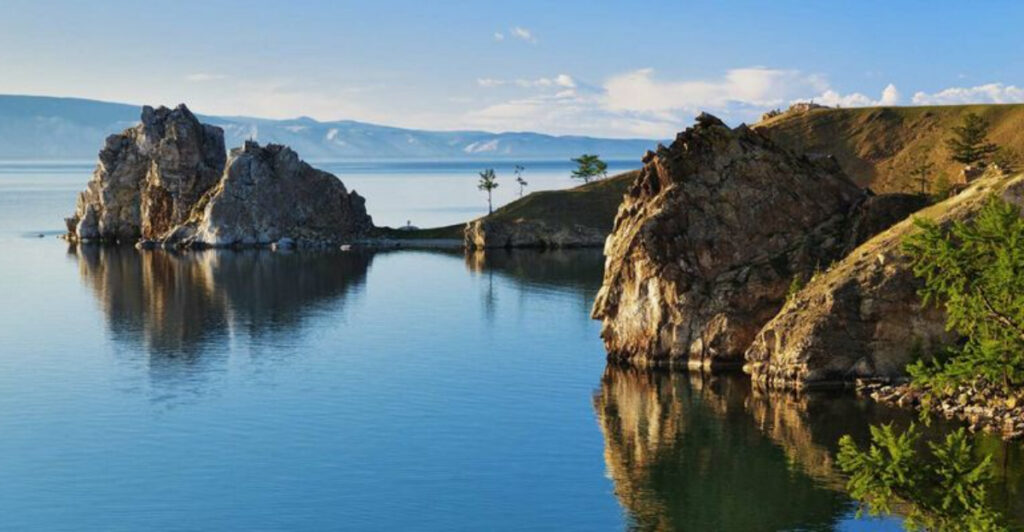Nestled in the heart of Siberia, Lake Baikal isn’t just any lake—it’s Earth’s oldest, deepest, and one of the most fascinating bodies of water. After 25 million years, it’s still rewriting the record books. Let’s dive into the astonishing facts that make Lake Baikal one of a kind.
1. Oldest Lake on Earth
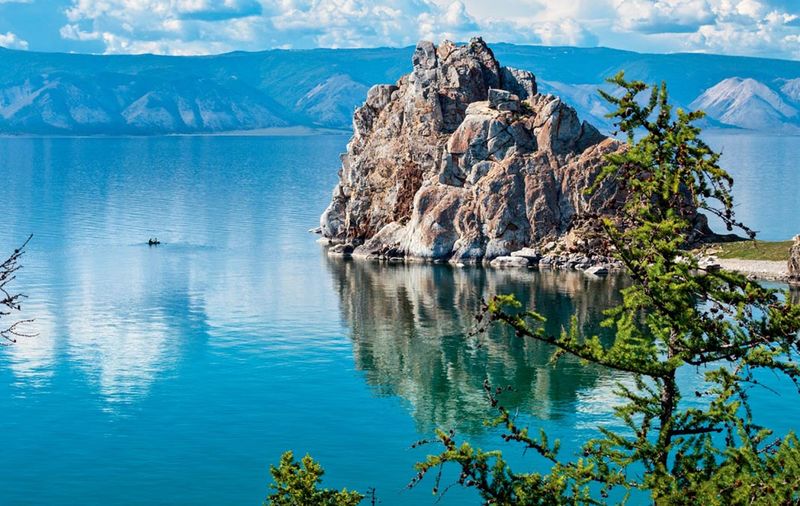
Lake Baikal, with its serene expanse, dates back 25 million years, making it the oldest lake on the planet. This ancient body of water has witnessed geological and climatic changes that shaped the world. As a cradle of history, it offers a window into the Earth’s evolutionary past. The lake’s longevity has led to unique ecosystems developing, offering insights into the planet’s ecological shifts over millions of years. Its age not only serves as a testament to endurance but also as a living record of natural history.
2. Deepest Lake in the World
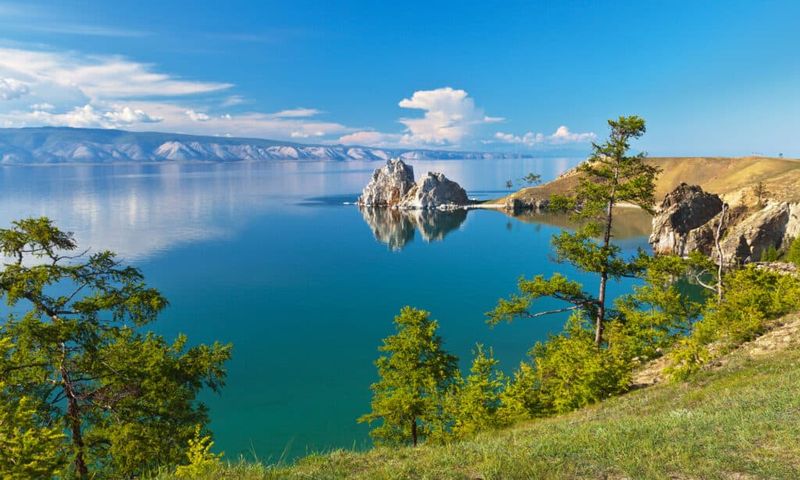
At an astonishing depth of 5,387 feet, Lake Baikal holds the title of the world’s deepest freshwater lake. Its profound depths have intrigued scientists and adventurers alike. The lake’s abyss is home to a myriad of life forms, each adapted to its unique environment. The clarity of its waters allows for views deep into its mysterious depths. The lake’s profound depth is a natural wonder and a subject of fascination for explorers and researchers seeking to uncover its aquatic secrets and geological mysteries.
3. Holds 20% of Earth’s Fresh Surface Water
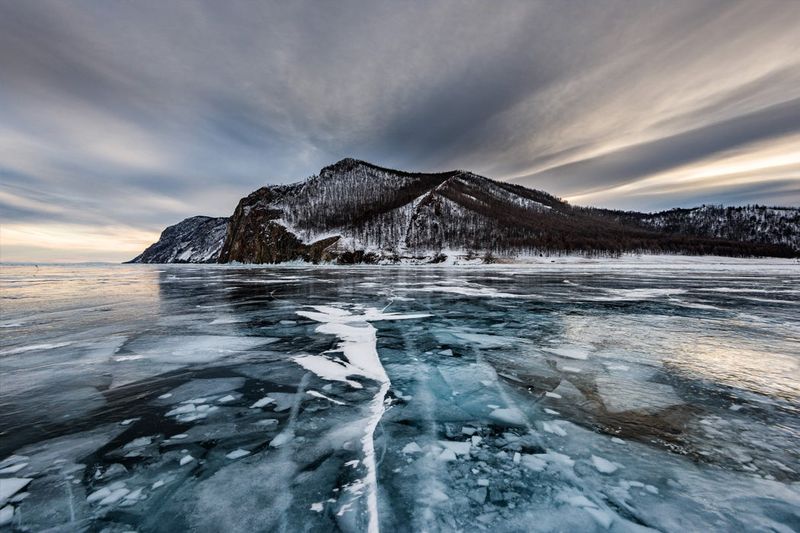
Lake Baikal contains more fresh water than all the Great Lakes combined, accounting for 20% of the world’s unfrozen surface fresh water. The lake’s vast reserves are a crucial resource for the region’s ecology and economy. Its pristine waters are a testament to natural preservation and environmental significance. The lake’s immense volume showcases the importance of conservation efforts to protect this vital source of life. Its contribution to the planet’s water supply underscores its global ecological relevance.
4. Home to Over 3,700 Species
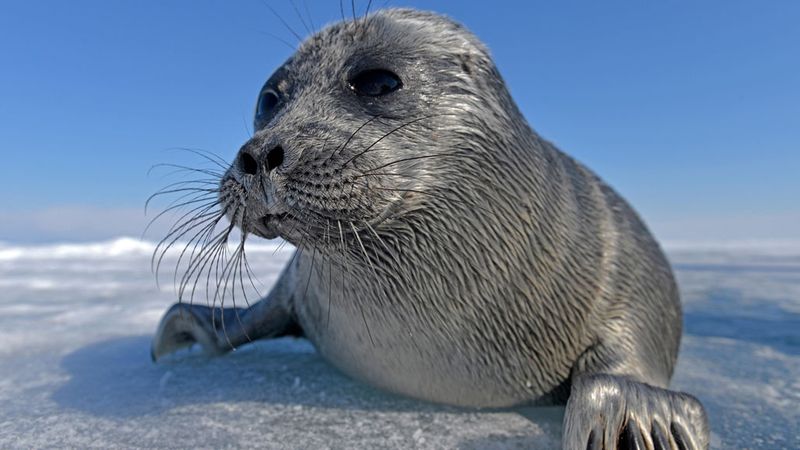
Lake Baikal is a biodiversity hotspot, hosting over 3,700 species, with more than 80% found nowhere else on Earth. Its isolation has allowed for the evolution of unique flora and fauna, including the famed Baikal seal. The lake’s ecosystem is a living laboratory for scientists studying endemic species and evolutionary processes. Its rich biodiversity underscores the lake’s ecological importance and the need for preserving its natural habitats. The lake serves as a critical refuge for species that offer insights into evolutionary biology.
5. The Only Freshwater Lake with Seals
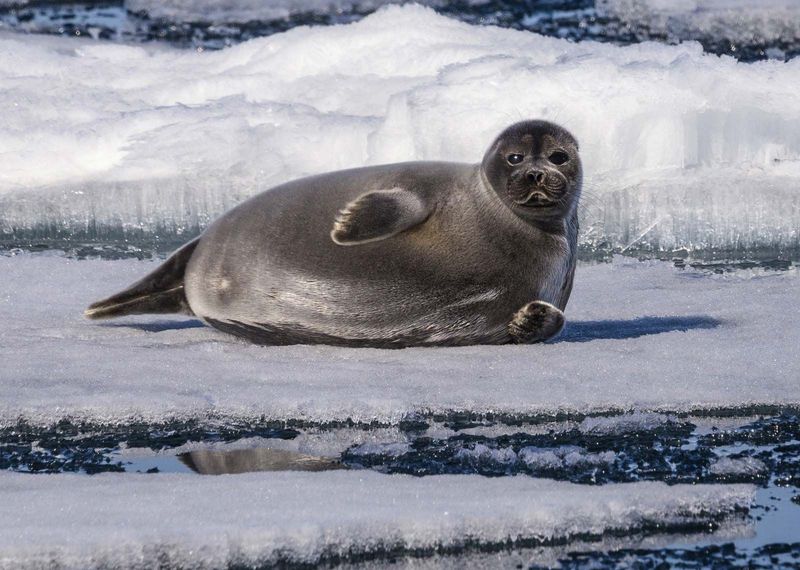
The Baikal seal, or nerpa, is the only freshwater seal species in the world, adding to Lake Baikal’s uniqueness. This elusive creature has adapted to the lake’s frigid waters, becoming an integral part of the local ecosystem. The nerpa’s existence in a freshwater environment is a biological anomaly, intriguing scientists interested in evolutionary adaptability. The presence of these seals symbolizes the lake’s distinctive ecological character. Their survival in such a specialized habitat highlights the lake’s role in supporting rare wildlife.
6. UNESCO World Heritage Site
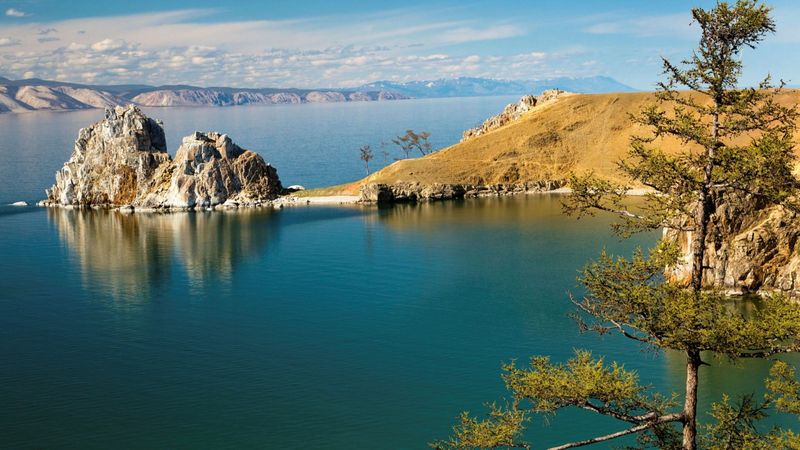
Lake Baikal was designated a UNESCO World Heritage Site in 1996, acknowledging its exceptional biodiversity and geological significance. This status highlights the global importance of preserving its natural landscapes and unique ecosystems. The designation not only recognizes the lake’s environmental value but also promotes conservation efforts to protect its pristine conditions. As a World Heritage Site, Lake Baikal attracts international attention and support for ongoing research and preservation initiatives. Its status serves as a reminder of the need for global stewardship of natural wonders.
7. Ice So Clear It Looks Like Glass
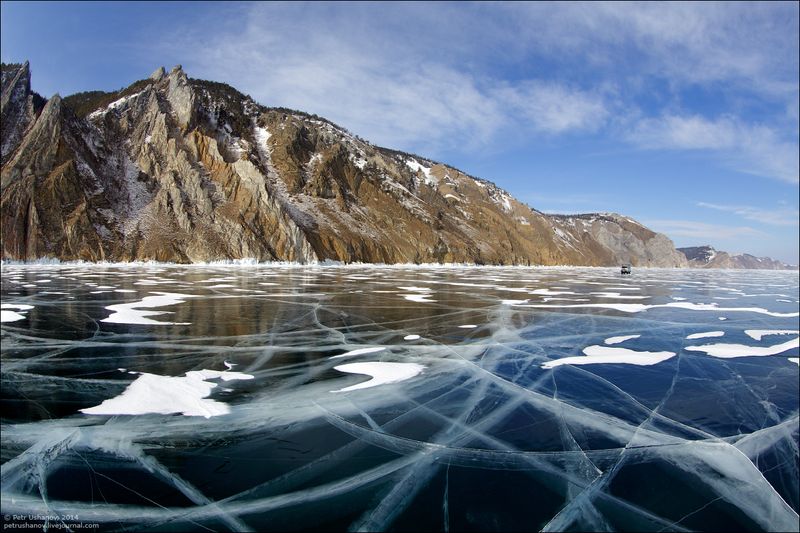
During winter, Lake Baikal transforms into a breathtaking spectacle with ice so clear it resembles glass. The frozen surface allows for visibility deep into the lake, creating a surreal environment. This natural phenomenon attracts photographers and adventurers keen to experience its unique beauty. The clarity of Baikal’s ice is a result of its pure waters and freezing conditions, offering an otherworldly experience for visitors. Walking on the lake’s transparent ice offers a glimpse into the depths below, showcasing nature’s pristine artistry.
8. Over 330 Rivers Flow Into It

Lake Baikal is fed by over 330 rivers, with the Angara as its only outlet. This extensive inflow and single outflow create a unique hydrological system that significantly impacts the surrounding regions. The rivers contribute to the lake’s ecological diversity and sustain its vast water volume. The intricate network supports various habitats and influences local climate patterns. Understanding Baikal’s hydrology is crucial for managing water resources and maintaining ecological balance. The lake serves as a natural reservoir, influencing water cycles and supporting life.
9. One of Earth’s Most Active Rifts

Lake Baikal is situated on an active rift zone, one of Earth’s most dynamic geological features. This expanding rift has the potential to one day split the Asian continent, showcasing the lake’s ongoing geological evolution. The rift’s activity influences local seismic events and contributes to Baikal’s unique geological structure. Scientists study this area to understand tectonic processes and the formation of continental features. The lake’s location on such a volatile geological site highlights its role in Earth’s ever-changing landscape and geological history.
10. Scientists Use It for Climate Research
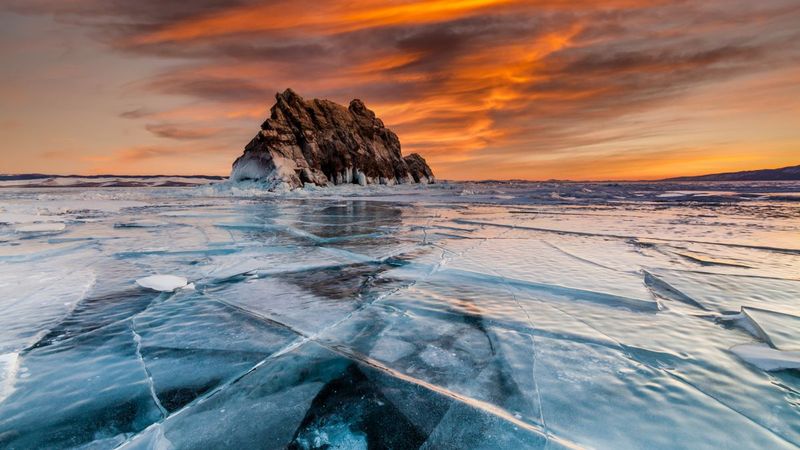
Lake Baikal’s sediment layers provide an unbroken record of 25 million years of Earth’s climate history. Researchers analyze these layers to study past climate changes and predict future trends. The lake acts as a natural archive, offering insights into historical environmental conditions. Using Baikal’s data, scientists can trace climatic shifts and comprehend their impacts on global ecology. The research conducted here contributes to our understanding of climate dynamics, emphasizing the need for continued study and conservation of this invaluable natural archive.

